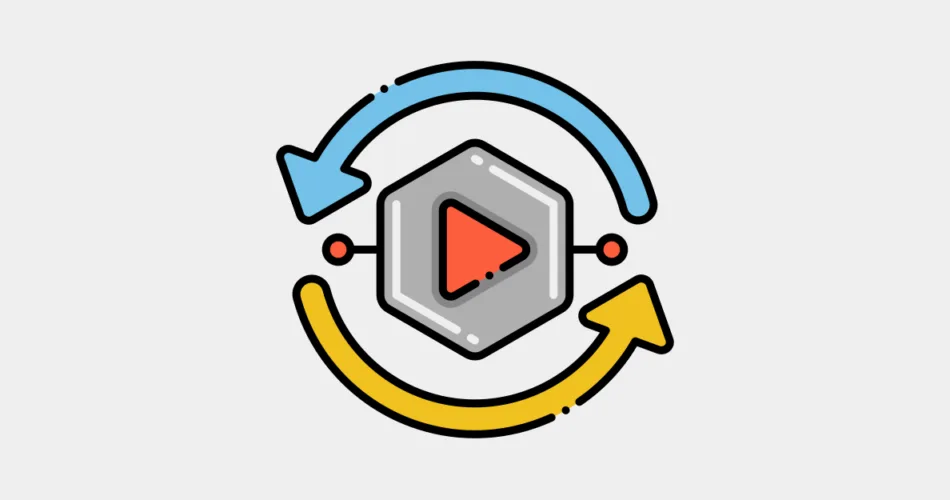Continuous Integration (CI) and Continuous Testing are essential practices in modern software development. They aim to ensure that code changes are automatically built, tested, and validated, reducing the chances of defects and streamlining the development process. In this article, we will explore the role of testing in CI/CD pipelines and how automated testing on code commits can lead to faster and more reliable software delivery.
Incorporating Tests into CI/CD Pipelines
Continuous Integration pipelines involve automatically building, testing, and deploying code changes. Testing is a crucial step in this process. Here’s how CI/CD pipelines typically incorporate tests:
- Code Commit Trigger: When a developer commits code changes to the version control system (e.g., Git), a CI/CD system triggers the building and testing of the new code.
- Build and Test: The CI/CD system builds the application from the latest code and runs various tests, including unit tests, integration tests, and end-to-end tests.
- Test Reports: The testing framework generates detailed test reports, offering feedback on the quality of the code changes.
- Feedback: If any tests fail, the CI/CD system notifies the development team, allowing them to address issues promptly.
- Deployment: If all tests pass, you can deploy the updated code to staging or production environments.
Automated Testing on Code Commits
Automated pre-commit or pre-push testing validates code changes before integration into the main branch, promoting software quality. Here’s why it’s valuable:
- Immediate Feedback: Developers receive immediate feedback on the quality of their code changes, catching issues early in the development process.
- Reduced Integration Issues: Identifying & resolving issues pre-merge decreases the chances of integration problems and conflicts arising in the development process.
- Enhanced Code Quality: Higher-quality code commits lessen the maintenance burden and issue-fixing efforts in the primary codebase.
- Accelerated Development: Faster feedback allows developers to iterate and deliver code changes more rapidly.
Test Execution in Parallel
Parallel test execution runs multiple tests simultaneously, greatly reducing the time needed to complete a test suite. It’s a valuable practice in CI/CD pipelines for the following reasons:
- Faster Build Times: Parallel test execution reduces the overall build and test execution time, allowing for quicker feedback.
- Optimized Resource Usage: By utilizing multiple test runners or containers, testing can make efficient use of available resources.
- Scalability: As projects grow, parallel testing scales with them, ensuring that tests remain fast and responsive.
- Consistency: Parallel execution guarantees that tests run under consistent conditions, minimizing the likelihood of intermittent failures.
Continuous Integration and Testing are pivotal in delivering high-quality software at speed. By incorporating tests into CI/CD pipelines, automating testing on code commits, and implementing parallel test execution, development teams can achieve faster development cycles and produce more reliable software.
Subscribe to our email newsletter to get the latest posts delivered right to your email.


Comments